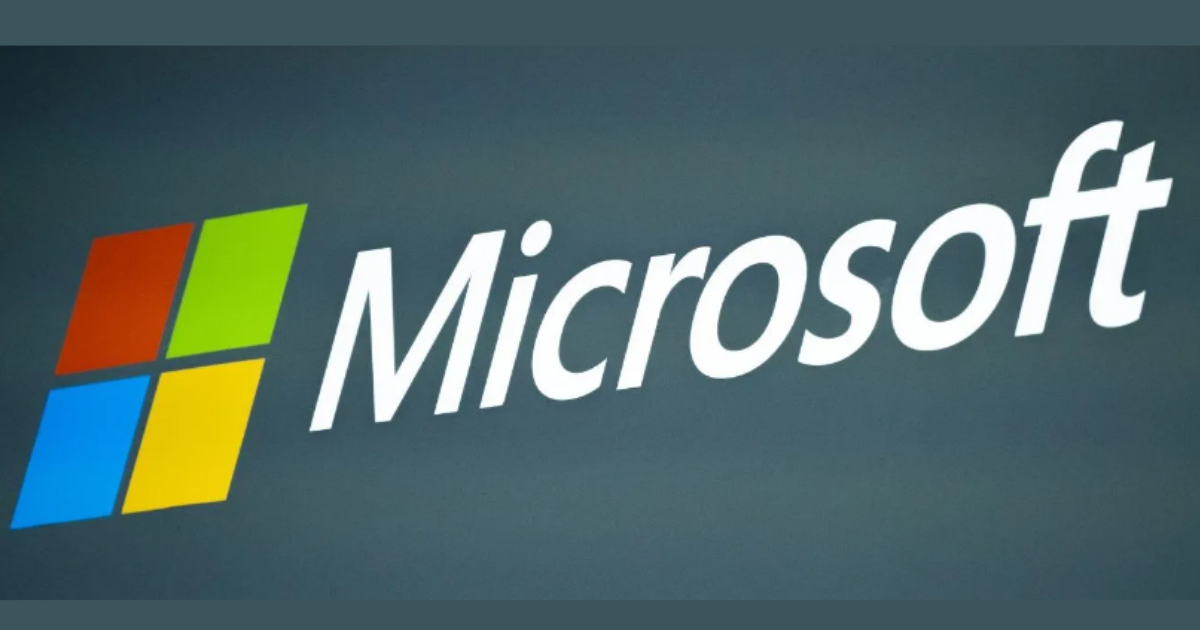In-Depth Look at the Hacking Incident Unveils Several Key Aspects
In a recent blog post, Microsoft has provided insight into how a China-backed hacking group, known as Storm-0558, managed to steal a crucial email signing key, giving them significant access to U.S. government email accounts. This breach, aimed at gathering information from unclassified emails of U.S. government officials and diplomats, had raised questions about the security of Microsoft’s systems.
The Mystery Unveiled: How the Hackers Stole the Email Signing Key
Microsoft had initially reported the breach in July, acknowledging that the hackers had acquired an email signing key utilized to secure consumer email accounts, including Outlook.com. This key allowed the hackers access to both personal and enterprise email accounts hosted by Microsoft. The company has now detailed the sequence of events that led to the key’s leak.
Multiple Issues Leading to the Breach
System Crash: In April 2021, a system involved in the consumer key signing process crashed. During this incident, a snapshot image of the system was created for later analysis. This system is maintained in a highly isolated and secure environment with no internet access. Unfortunately, the snapshot inadvertently contained a copy of the consumer signing key.
Failure to Detect the Key: Despite the snapshot’s creation, Microsoft’s systems failed to detect the presence of the consumer signing key within it.
Transfer to Corporate Network: The snapshot image was moved from the isolated production network to Microsoft’s corporate network for debugging purposes, which is a standard practice. However, even during this transition, the presence of the key was not detected.
Compromised Engineer’s Account: Subsequently, the hackers were able to compromise the corporate account of a Microsoft engineer, which had access to the debugging environment where the snapshot with the consumer signing key was stored. Microsoft believes this is the most likely way the key was stolen, although no specific evidence of the exfiltration exists in logs.
Key Validation Failure: Microsoft revealed that its email systems did not properly perform key validation. This flaw allowed the email system to accept requests for enterprise email using a security token signed with the consumer key.
Remaining Questions
While Microsoft has shed light on the likely chain of events leading to the email signing key theft, certain crucial details remain unknown. For instance, how the engineer’s account was compromised using “token-stealing malware” is not fully explained. Such malware seeks out session tokens on a victim’s device, granting attackers access without requiring the victim’s password or two-factor authentication.
Complex Cybersecurity Challenges
This incident highlights the complexity of cybersecurity, even for tech giants like Microsoft. Despite their extensive resources and security measures, determined intruders can find vulnerabilities. The focus now shifts to understanding how network security policies failed to prevent this breach and ensuring better safeguards in the future.
Implications and Investigations
The extent of the espionage campaign and the identities of all affected individuals have yet to be fully disclosed. A cybersecurity review board will investigate the Microsoft email breach and explore broader issues related to cloud-based identity and authentication infrastructure. This breach serves as a stark reminder that cybercriminals only need to succeed once to cause significant damage in the digital realm.

